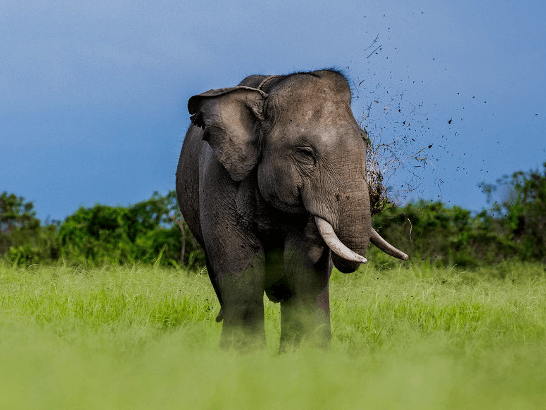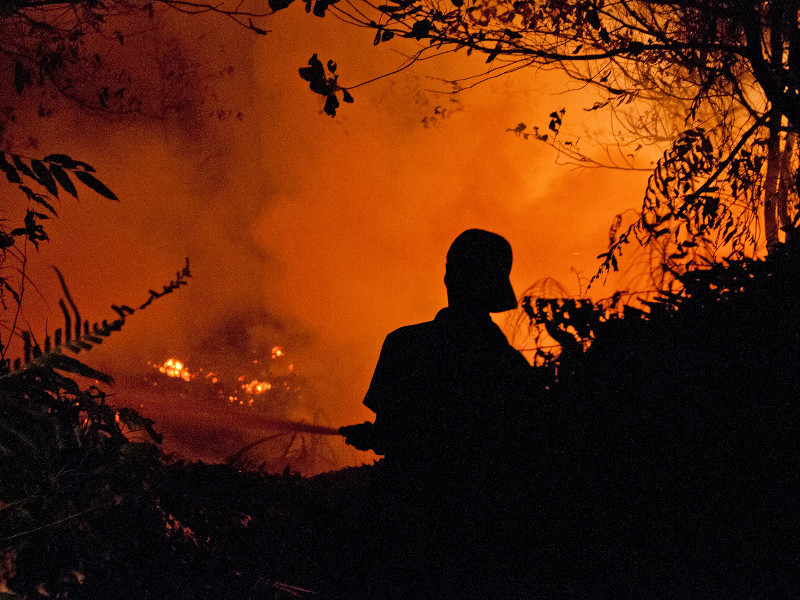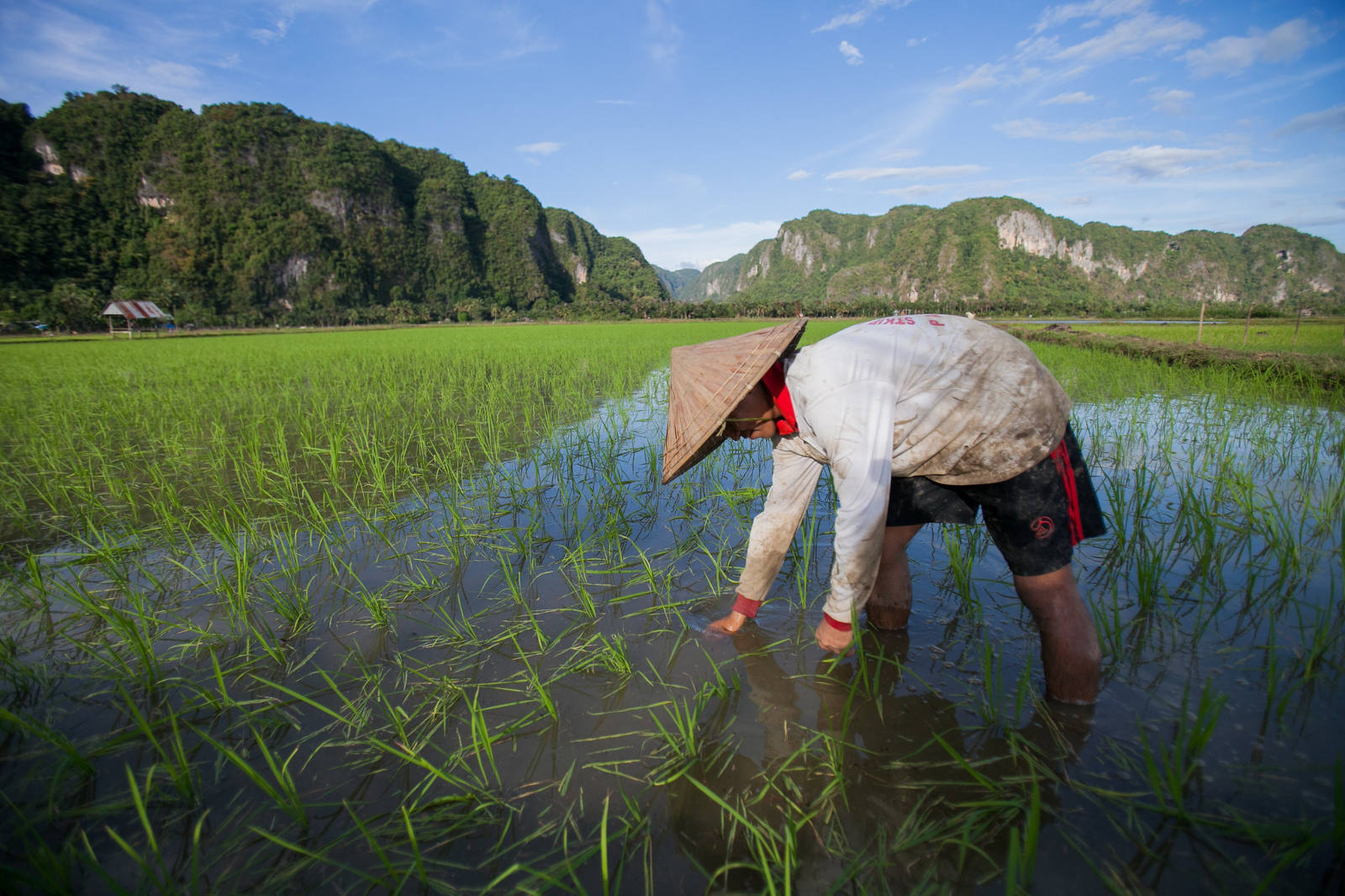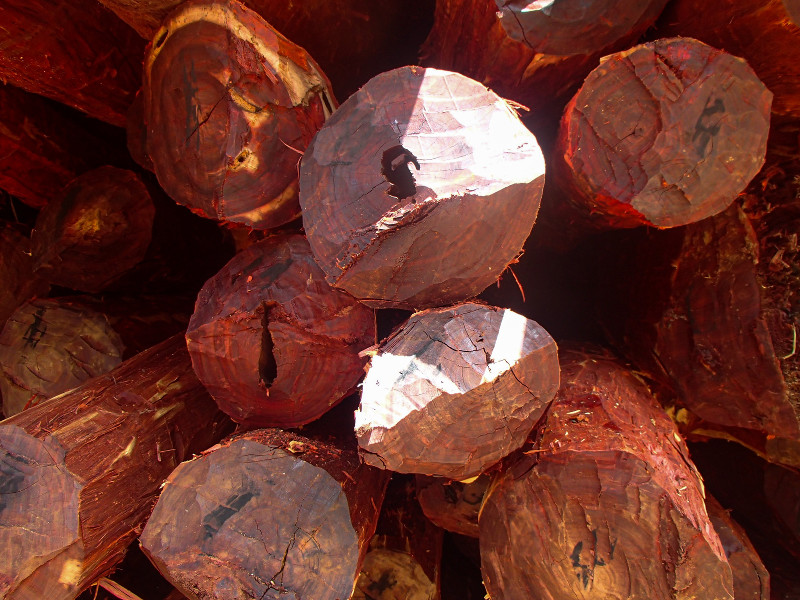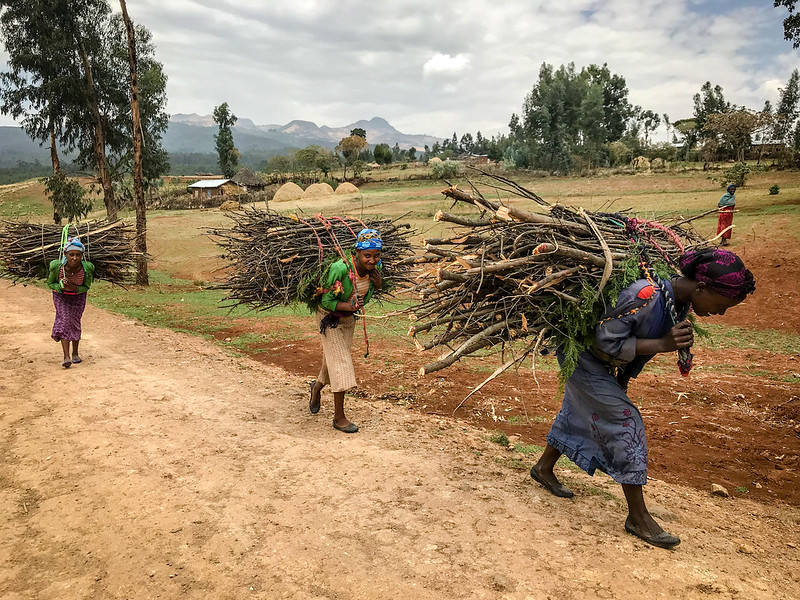Due to anthropogenic influences, solar UV-B irradiance at the earth's surface is increasing. To determine the effects of enhanced UV-B radiation on photosynthetic characteristics of Prunus dulcis, two year-old seedlings of the species were submitted to four levels of UV-B stress, namely 0 (UV-Bc), 4.42 (UV-B1), 7.32 (UV-B2) and 9.36 (UV-B3) kJ m-2. Effects of UV-B stress on a range of chlorophyll fluorescence parameters (Chl FPs), chlorophyll contents and photosynthetic gas exchange parameters were investigated. UV-B stress promoted an increase in F0 and F0 / Fm, and a decrease in Fv, Fv / Fm, Fv / F0, F0 / Fm due to its adverse effects on photosystem II activity. No significant change was observed for Fm. Enhanced UV-B radiation caused a significant inhibition of photosynthesis rate (A) at UV-B2 and UV-B3 levels and this was accompanied by a reduction in stomatal conductance (gs) and transpiration rate (E). The contents of Chl a, b, and total Chl content (a+b) were also significantly reduced at increase UV-B stress. In general, advers UV-B effects became significant at the highest tested radiation dose 9.36kj.m-2. The most sensitive indicators for UV-B stress were Fv / F0, Chl a content and A. Significant P
DOI:
https://doi.org/10.1007/s11099-011-0017-z
Altmetric score:
Dimensions Citation Count:












